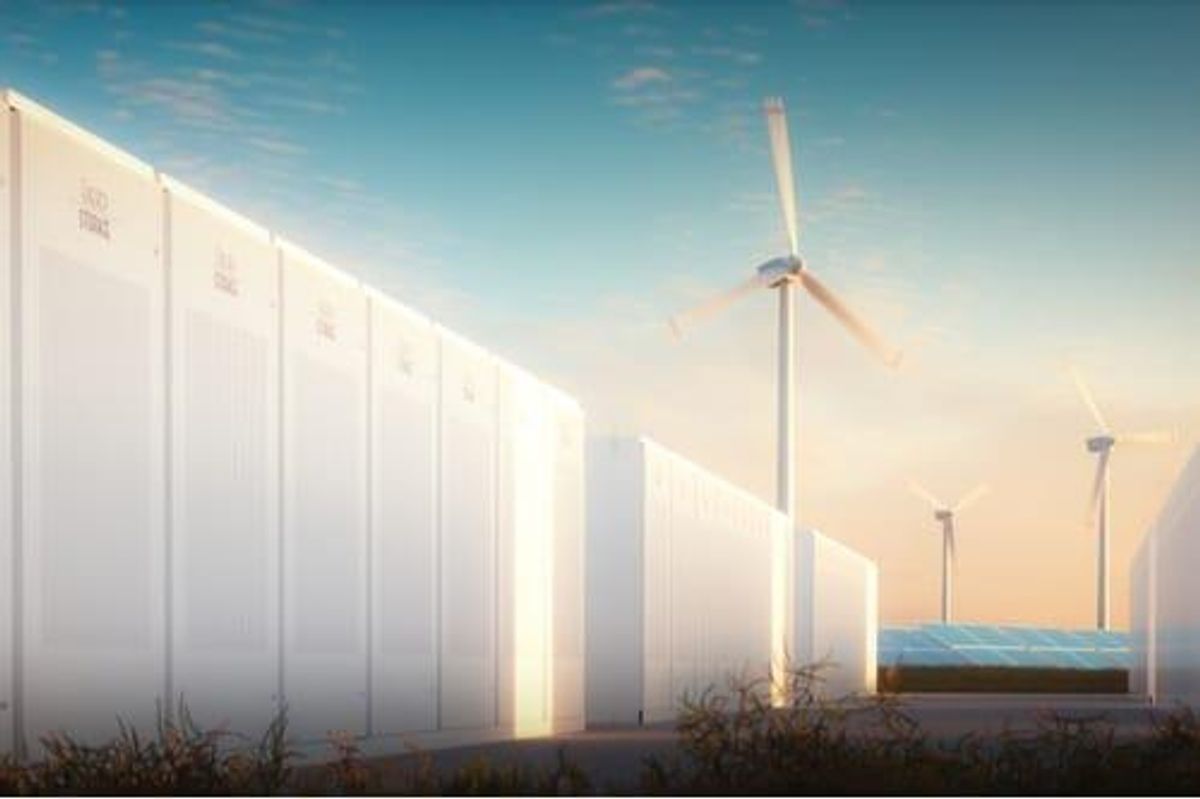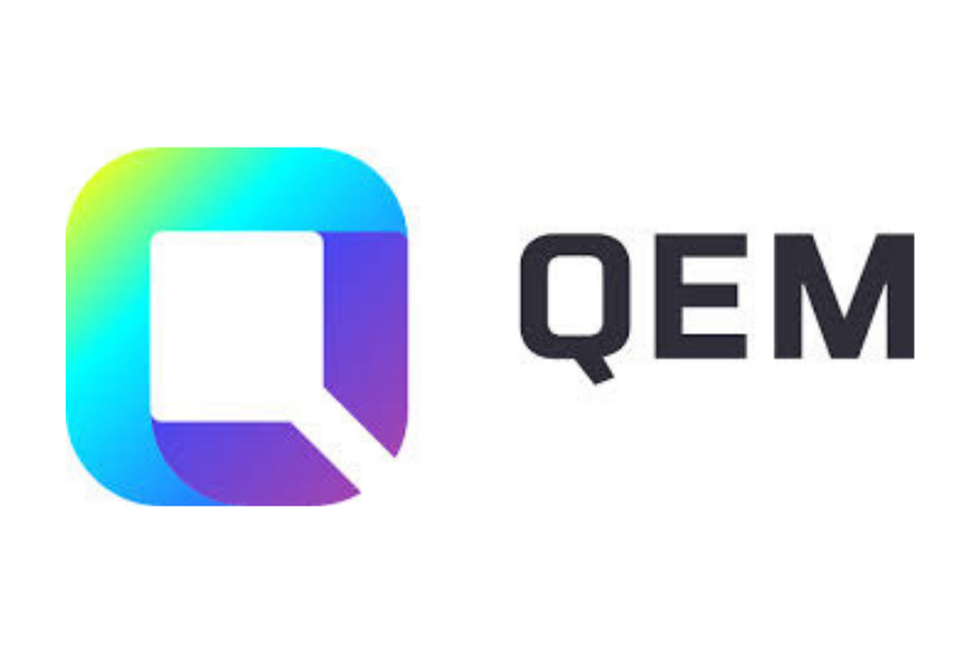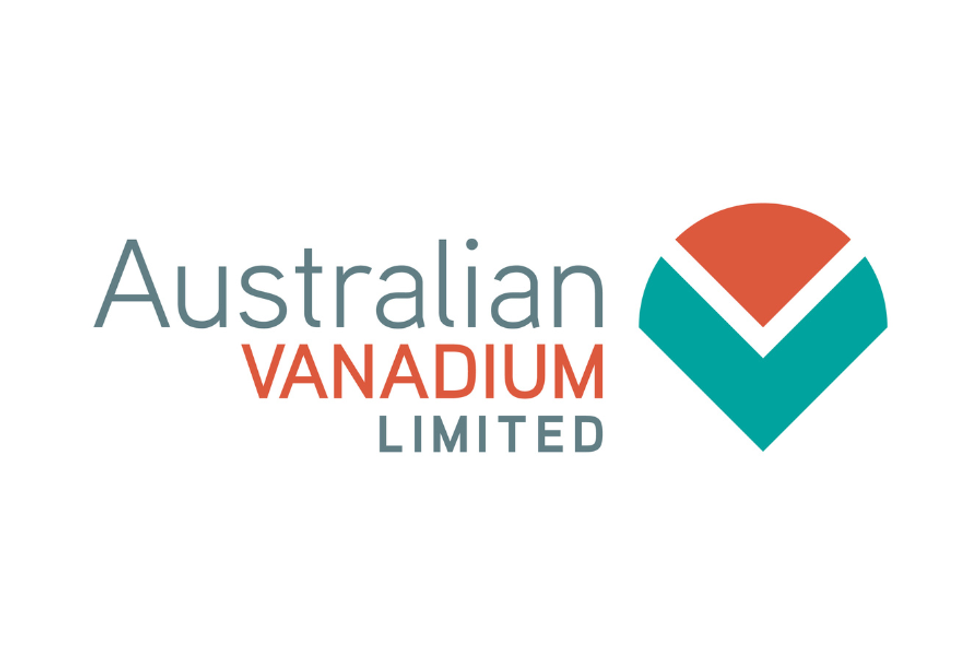
After experiencing one of its best years to date in 2018, vanadium took a dramatic fall in the first half of 2019.
After experiencing one of its best years to date in 2018, prices for both vanadium pentoxide (V2O5) and ferrovanadium have fallen dramatically.
Weakened demand, failure to enforce new rebar standards in China and economic uncertainty have all weighed on prices for the specialty battery metal.
Ferrovanadium hit its highest point in the last year on December 5, 2018, when it reached US$126.50 per kilogram. V2O5 reached its highest point of US$28.80 per pound around the same time.
Both have steadily slipped from those highs in the months since. Currently, the price of ferrovanadium is US$36.70 and V2O5 is at US$8.10.
The vast majority of produced vanadium is used in China for steel applications; more specifically, it is used in the high-strength, low-alloy steel used to make construction rebar. This end use was part of the reason behind vanadium’s sharp price growth in 2018.
The Chinese government implemented new, stricter rebar standards at the end of 2018, prompting smelters to stockpile vanadium for future use, which helped to drive prices higher.
But while vanadium has long been used as an alloy material for steel manufacturing, the real potential the metal holds is in its energy storage capabilities in vanadium-redox flow batteries (VRFBs).
According to the International Renewable Energy Association, “VRFBs already offer some of the lowest system costs among battery technologies and are expected to decrease in cost by 66 percent through to 2030, which is faster than any other technology in energy storage.”
VRFBs are designed for large-scale energy storage, such as power grids and charging stations.
Market watcher Andrew O’Donnell, managing director of Supercharged Stocks, thinks there is no cause for concern with the current price depreciation.
“I’m not that concerned about the price. I think it’s somewhere around US$8 right now, which is not ideal necessarily, it’s a bit too low,” he commented. “I think ideally around US$12 would be great because it’s good for actual miners and, of course, that is a good price as well to continue developing the redox battery. So, you don’t want it too high because if it’s too high then the batteries are too expensive, (and) too low, of course, is not good.”
O’Donnell had expected vanadium to perform slightly better after the rare earths news in late March.
“I was a little bit surprised that it didn’t react with the rare earth story — rare earth did explode — but for whatever reason, vanadium didn’t get carried along with it. I think people focused solely on the trade war idea and picked up on the rare earth story rather quickly,” he said.
Vanadium market update: By the quarter
With vanadium prices starting the year at all-time highs, there was renewed interest in ramping up production and exploration. Leading the charge was US-based uranium producer Energy Fuels (TSX:EFR,NYSE:UUUU).
Vanadium is a by-product of uranium mining, in addition to other metal and energy extraction.
With its eyes set on becoming the first American vanadium producer, the company looked to its mill ponds, where as many as 4 million pounds of recoverable vanadium is dissolved.
“We are extremely pleased with the quality and purity of our initial batches of finished vanadium product. Energy Fuels is the newest vanadium producer in the world to respond to today’s relative market strength, and we are now one of the only vanadium producers in North America,” Mark Chalmers, president and CEO of Energy Fuels, said in an announcement.
In late January, vanadium took center stage on the 2019 OTCQX Best 50 list, which ranks the top 50 companies on the exchange. Topping the exclusive list was Largo Resources (TSX:LGO,OTCQX:LGORF), a vanadium flake, high-purity vanadium flake and high-purity vanadium powder company whose Maracás Menchen mine project is located in Bahia, Brazil.
As the first quarter of 2019 drew to a close, Bushveld Minerals (LSE:BMN) announced that its subsidiary Bushveld Energy had commissioned its first VRFB energy storage system in South Africa.
The initial unit deployed by Bushveld is expected to have a peak output of 450 kilowatt hours.
At the beginning of Q2, ferrovanadium was selling for US$59, while V2O5 was trading for US$14.90. At the quarter’s end, ferrovanadium sat at US$38 and its counterpart was at US$8.30.
Vanadium market update: Supply and demand trends
The future of vanadium appears to be bright despite prices continually sliding since January. The optimism is mostly related to the vast potential that lies in the VRFB energy storage sector, which will offer homeowners and businesses the power to store clean renewable energy, and lots of it.
Depending on their size, VRFBs are able to provide hundreds of megawatt hours at grid scale. This means that they are able to be charged thousands of times without losing capacity, while holding large amounts of energy.
The vanadium in the batteries also never degrades, so old units can be taken apart and their vanadium recovered for future use.
“What vanadium redox batteries seem to be doing is really leading the charge on the battery front — it’s pretty impressive,” said O’Donnell.
Roskill is expecting some growth in the vanadium market for the rest of 2019 as Chinese construction season begins to ramp up.
“The ongoing tolerance period for new rebar standards in China is the main factor contributing to falling vanadium prices. In addition, higher-than-expected substitution of ferrovanadium for ferroniobium in China (caused by high vanadium prices) has reduced vanadium demand and helped push prices downwards. Ferroniobium imports into China peaked at 7,000 tonnes in January 2019 but fell back to 3,000 in February,” wrote Roskill’s Jack Beddar.
Vanadium market update: Companies to watch
As a by-product metal there are certainly lots of ways investors can be exposed to vanadium.
Andrew O’Donnell, has a favorite of his own: First Vanadium (TSXV:FVAN,OTCQX:FVANF).
“They’ve met their milestones, they are hitting their targets, so they’re plugging along just fine. When I see those things, and companies are meeting a milestone and stock is responding, I’m not concerned.”
For Mercenary Geologist Mickey Fulp, who carefully tracks a variety of resources, including uranium, gold and rare earths, one company is dominating the sector outside of China.
“Energy Fuels — they produce vanadium at a really cheap price and I would submit they control the US vanadium market,” said Fulp. “Whatever they decide to do they are going to make money on vanadium when the price is high and when the price goes low they are just going to quit producing.”
Fulp is skeptical of new vanadium-mining projects, mostly because there are so many ways to recover the metal as a by-product of other mining efforts, making pure vanadium plays uneconomical.
“Vanadium plays that are popping up in Canada and the Western US, none of them have a prayer,” said the self-professed contrarian. “All the vanadium in the world comes from four sources.”
Those sources are as a by-product of steel smelting, uranium mining and solid waste, as well as being found in residue from petroleum refining.
Vanadium market update: A look ahead
Looking ahead to the rest of the year, vanadium is expected to experience an uptick in demand that will likely translate into some positive price momentum. But just how much momentum remains to be seen and is reliant on a variety of factors.
The most significant price catalyst would be China enforcing its own rebar standards more rigorously, according to Roskill.
“Whether or not Chinese regulations are enforced, supply-side constraints suggest that the vanadium market will remain tight over the medium term,” notes a May release from the company. “With the market now in structural deficit, there are questions surrounding how supply will meet demand.”
Price growth will also depend heavily on how quickly the VRFB market can grow. While these battery systems offer large-capacity energy storage, the tight correlation between expenses and vanadium market prices can drive costs higher than they are in the lithium-ion battery space.
“While reasonable growth in demand is expected towards the end of the outlook period, Roskill expects that, given the general tightness in its baseline outlook for supply and demand, large volumes of vanadium are unlikely to be available to the battery sector at a price suitable for VRFB commercialization over the medium term,” the firm said.
O’Donnell suggested that those interested in investing in vanadium companies plan for a long-term investment scenario.
“Unfortunately, the interest in the (vanadium) market has waned quite a bit, but this is a long-term play for me, and I think that if people buy it, pay attention to it and just kind of leave it … It’s not a trading one where you are going to be sitting and staring at it every day,” he said.
Don’t forget to follow us @INN_Resource for real-time updates!
Securities Disclosure: I, Georgia Williams, hold no direct investment interest in any company mentioned in this article.
Editorial Disclosure: Energy Fuels is a client of the Investing News Network. This article is not paid-for content.
The Investing News Network does not guarantee the accuracy or thoroughness of the information reported in the interviews it conducts. The opinions expressed in these interviews do not reflect the opinions of the Investing News Network and do not constitute investment advice. All readers are encouraged to perform their own due diligence.

